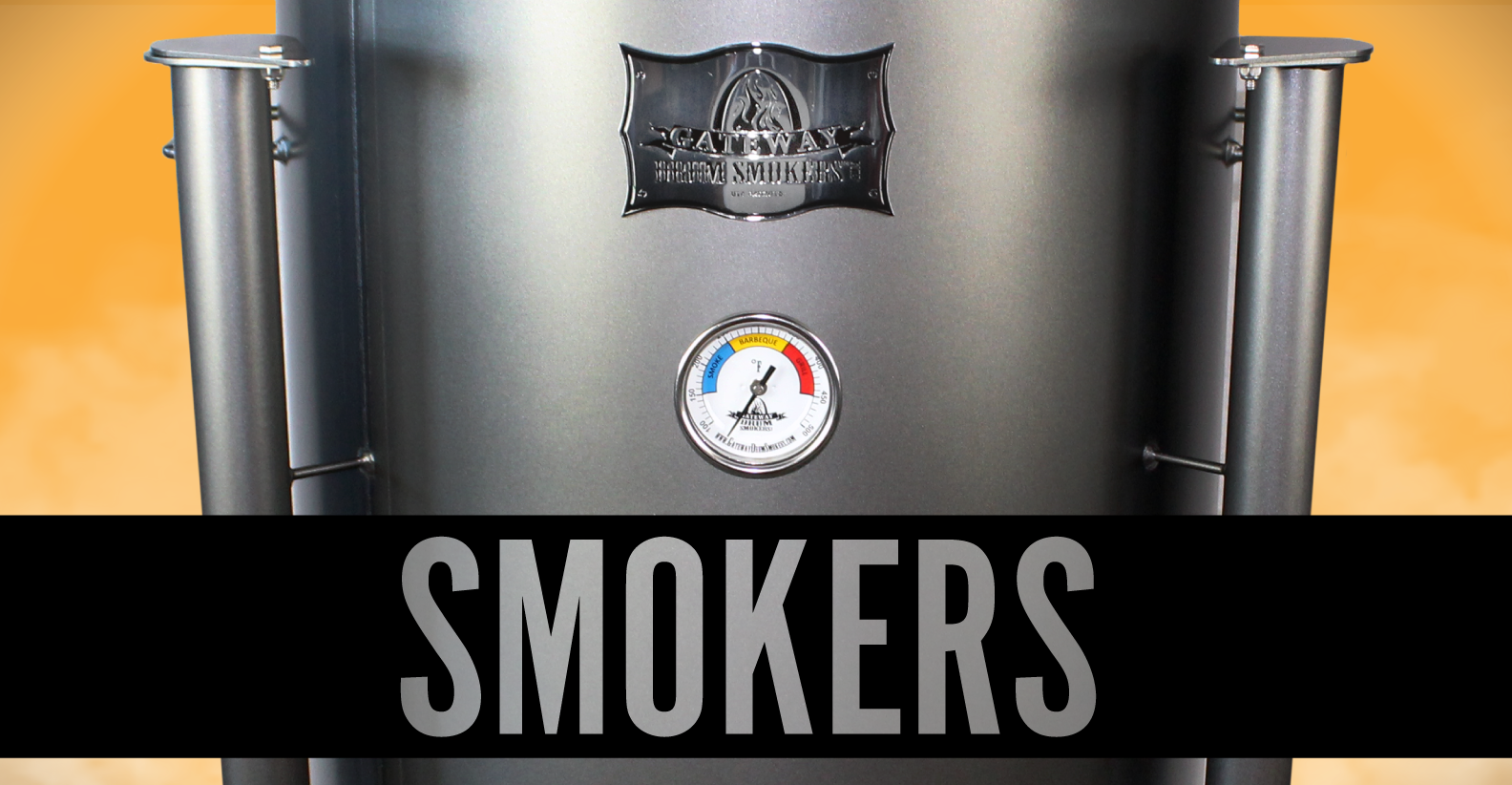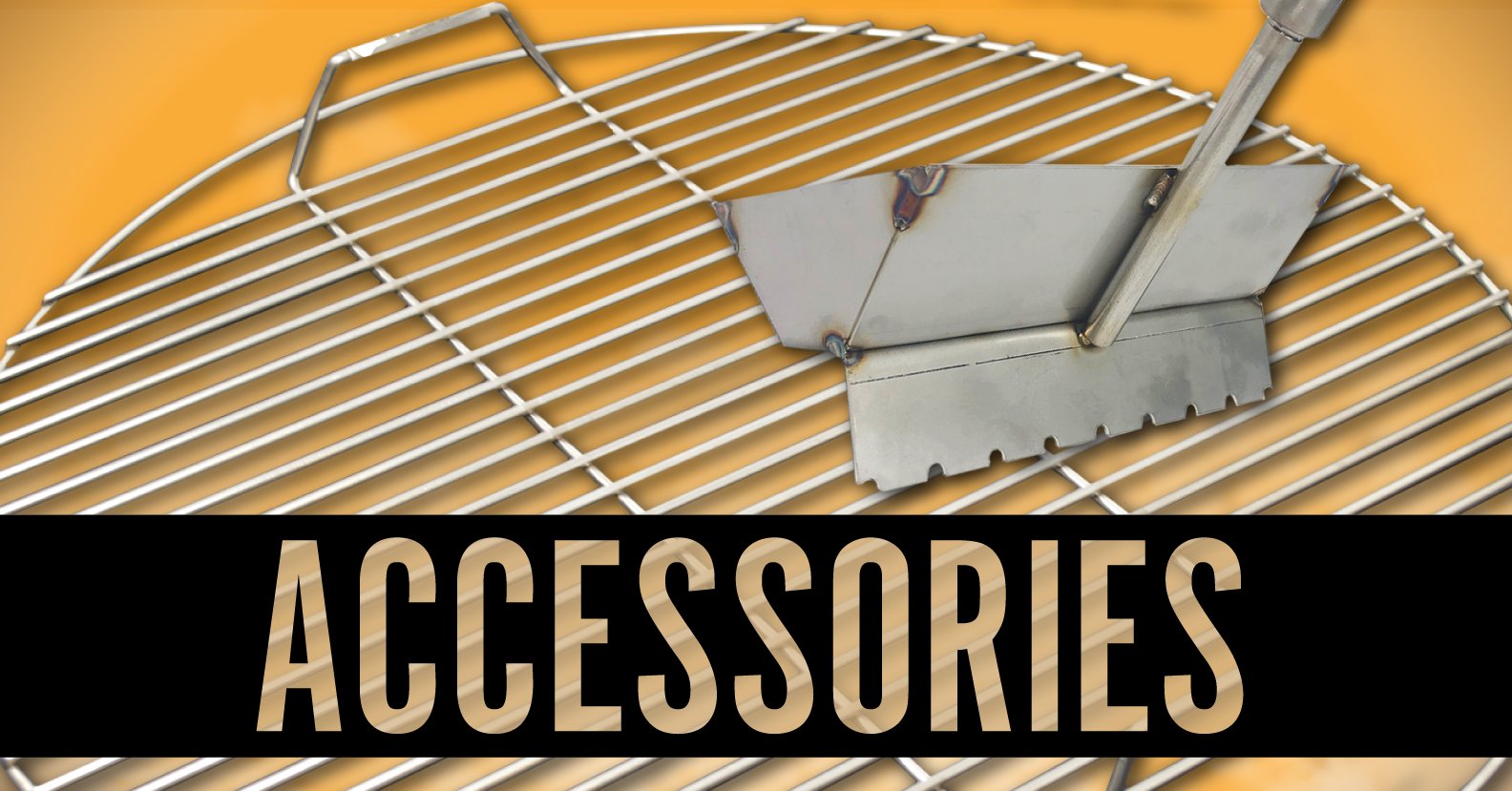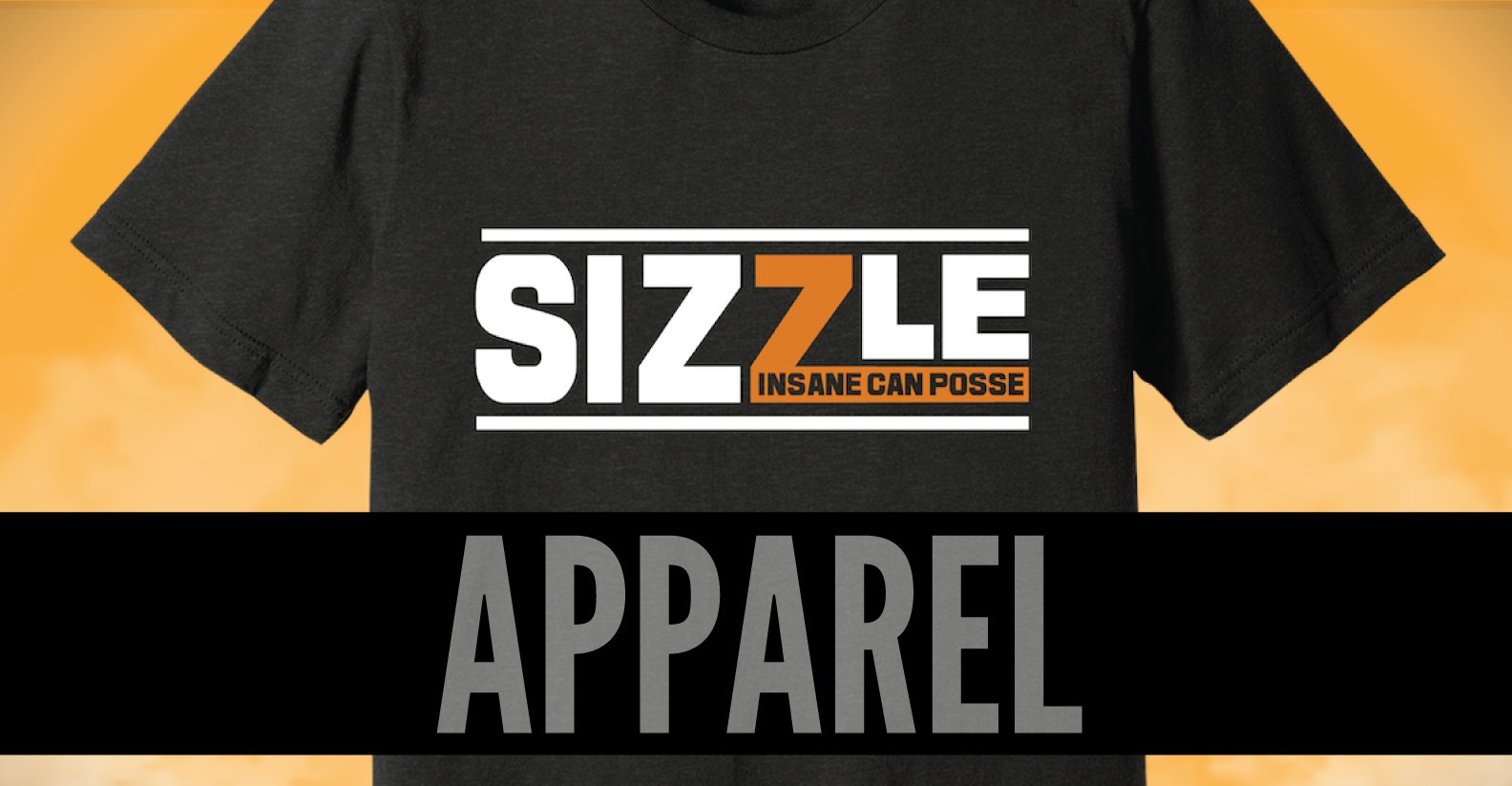Pulled Pork
Recipe Created By: Gettin' Basted 
Generally speaking, pulled pork is the first “big” meat that an aspiring pitmaster will try to tackle. It is relatively inexpensive, full of delicious fatty flavor, and much like pizza… even when it’s bad it’s good. These same qualities also make it the perfect first meat to throw on your Gateway Drum. The kicker is, you can have delicious success in roughly half the time it takes on those other smokers!
The cut you want for pulling is called the pork butt which has recently been rebranded as a “Boston Roast.” In spite of its name, it comes from the shoulder of the pig. When selecting a hunk of pork, marbling is king. I look for a roast in the 8-10 pound range with a ton of intramuscular fat. Competition cooks also look for a piece of meat called the money muscle (shown below) located out front on the opposite end of the bone, but for home use I wouldn’t worry too much about it.


When you get home, take the meat out of the plastic and lay it on the counter fat side down. I don’t bother trimming the fat cap off the bottom. We will use it to protect the meat from our fire later on while cooking. Give the meat a once over and if you see anything you don’t want to eat, cut it off! Pretty simple. I’m talking about any veins and membranes that might be hanging around on top or between the muscles. Don’t get too crazy, just get the obvious stuff. The rest will render out while it cooks.
The next step is seasoning. I use a lot of rub. It is a big slab of meat and can take the seasoning. Put your butt on a sheet pan and go to town. I don’t really “rub” it in, I just lay down a nice, even, heavy coating of flavor. If you are going to cook that day, leave it out on the counter while you get your pit ready. Even better, however, is to stash it overnight in the fridge.


When it is time to cook, light your Gateway Drum and bring it up to 300 degrees. Toss on a 2-3 chunks of the wood of your choice. Place your pork fat side down on the top rack over direct coals and slap on the lid. Keep your Gateway running at 300 for 3 hours. Once you get her dialed in it won’t take much effort. During this time do not open the drum for any reason. Fat and liquid will melt from your butt and hit the fire creating a moist, flavorful steam that will bathe your piggy friend in a sauna of goodness.

After 3 hours have passed, it is time to wrap. Wrapping does a couple of important things; It keeps your pork from taking on too much color and smoke, and it provides a flavorful liquid to braise/steam that big hunk of meat tender. If you haven’t figured it out, a successful wrap takes two things; heavy duty aluminum foil and a flavorful liquid. The liquid can really be anything; apple juice, a store bought marinade, butter, some of your favorite sauce, or a combination thereof. The only rule of thumb is to watch the sugar content because it can burn in the high heat of the drum. My go to liquid is 1 cup of Blues Hog Tennessee Red BBQ sauce and 4 ounces of liquid margarine or butter. Line up 3 sheets of the foil, pull your butt off the can, and dump the liquid right over the top. Wrap it all up tight making sure it is completely sealed and has no leaks and place back on the top rack of your drum.
All that is left now is to be patient and wait until our pork gets tender. We aren’t trying to hit a perfect competition standard of tenderness, we want this thing to wiggle off the bone and easily pull so it is much better to go long than short. If I had to give you a time, I would say 2 more hours of cook time in the wrap. Start checking at 1.5. Go by feel. Poke your thermometer or a skewer into the top of the butt (just jab it through the foil) and when it slides in deep with little to no resistance, your pork is done. It won’t always be the same temperature, but it will be around 205 degrees. Don’t let the high number scare you. We are cooking hot and fast so our finishing temperature needs to be a little over a low and slow butt.
After it is done, I like to let my meat rest for a bit in the juice. If you are going to eat in less than an hour, just leave it wrapped up on the counter and let it cool down slowly. One trick of the competition world is to put your still wrapped hot meat on a pan and place it in a cooler, toss a towel over it and shut the lid. This will let you hold the meat at a safe temperature for 4 hours or more. I like to give it at least two hours. I think it produces more tender and juicy pork. Another bonus is that this gives you some time to play with. You can have your pork cooked and in the cooler before your hungry guests arrive!

Follow these simple techniques and you will be kicking out world class pulled pork in no time!






